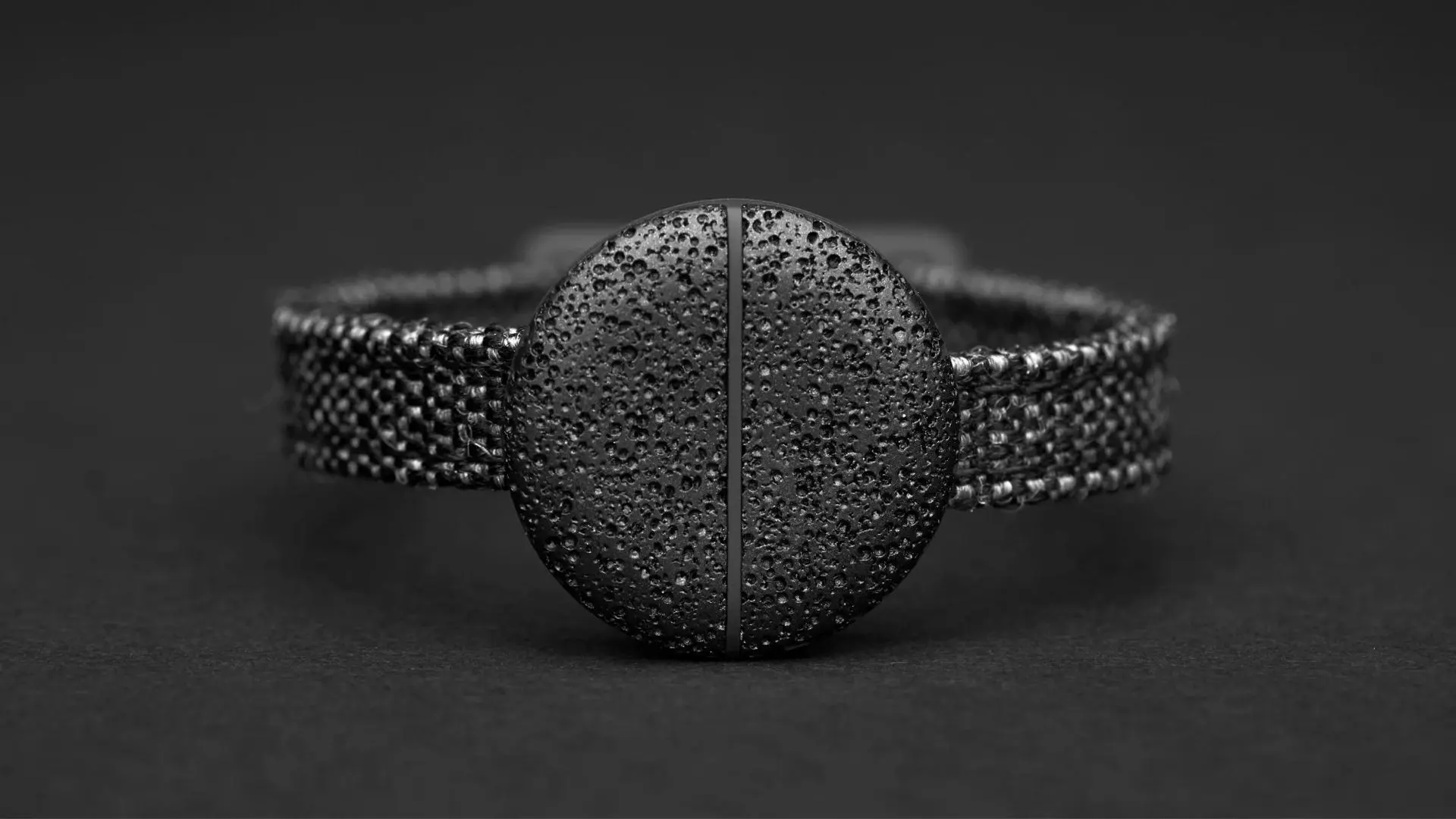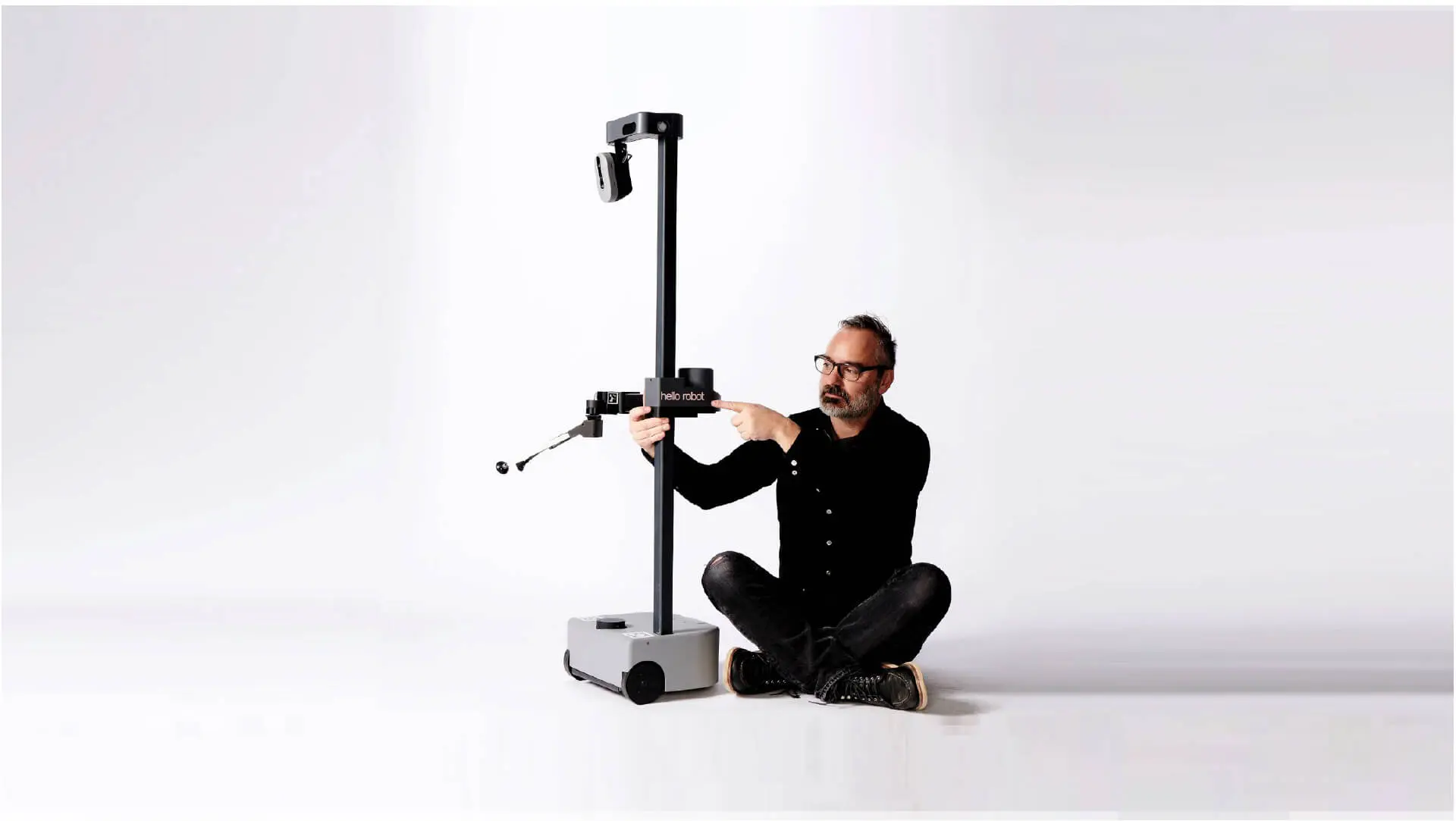Our 5 favorite innovative walking canes and devices for the elderly
Fewer limitations, more freedom: to improve independence for people with mobility issues, designers create high-technology walking companions
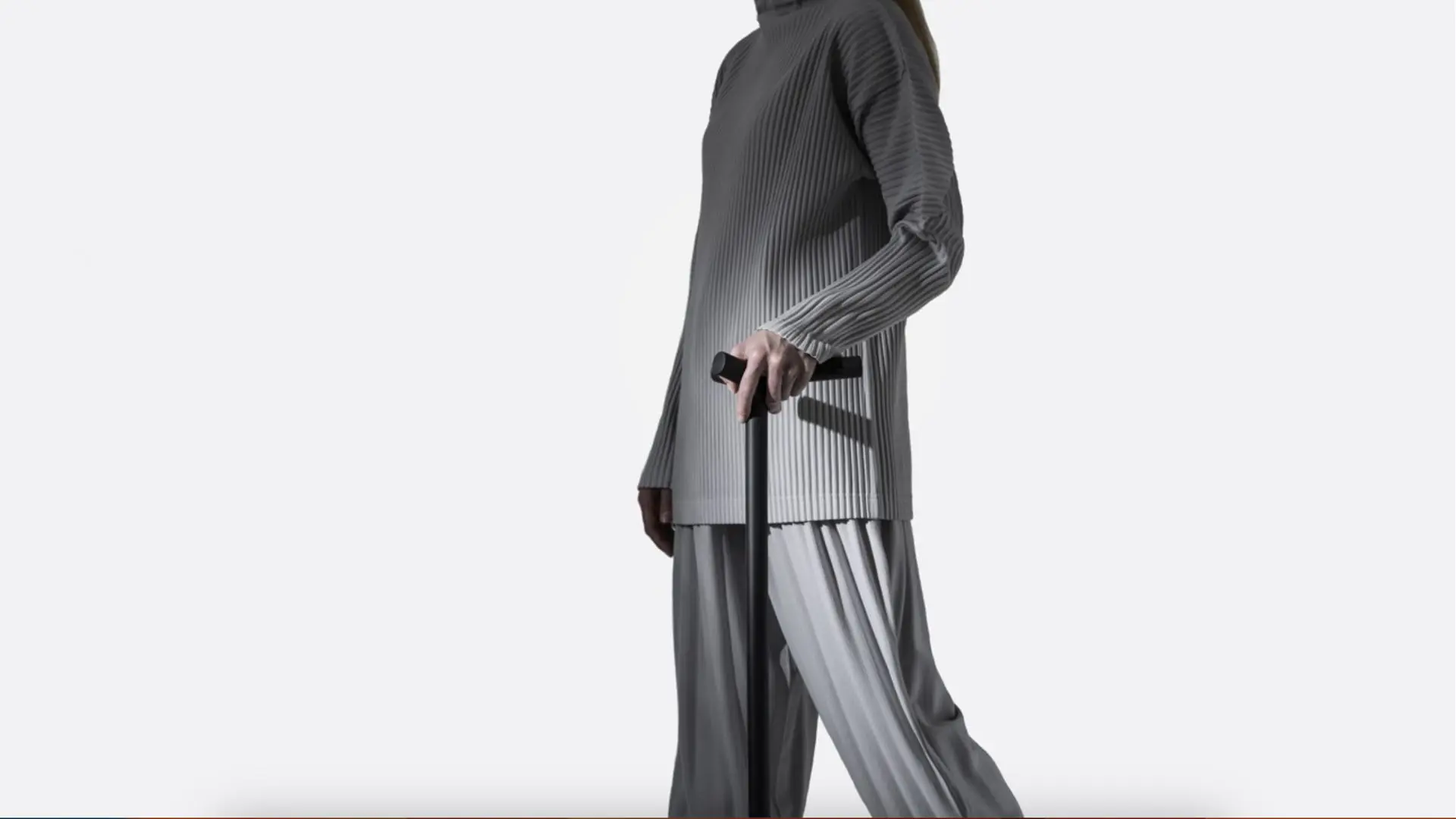
At the heart of good design is the search for making the world a better place and as humans, we value products and projects that can make our lives easier: for this reason, designers all around the globe work to make our society more inclusive and break down any still-existing barriers. To maintain mobility, walking canes are required for many elderly people.
Unfortunately, many products on the market are still tricky to use.
Often, they don’t offer much weight-bearing support, are heavy, or create a risk of tripping.
The walking canes on our list are innovative and provide the chance to improve accessibility for the elderly.
Let’s take a look at these high-technology projects!
1. ENEA Walking Stick by Shiro Studio
According to London-based design studio Shiro, a medical cane shouldn’t be an inevitable unfortunate sign of physical limitations.
That’s why they’ve created an innovative, functional, and stylish device that can be worn with pride.
Andrea Morgante, the founder of the studio, has always been fascinated by the functional beauty of medical devices.
Finally, he had the chance to improve the performance of one such device through thoughtful design.
His modern lightweight ENEA cane is not just comfortable to use – it also looks good.

The lightness and durability of the cane are achieved through a unique porous structure that imitates bone tissue. Moreover, the handle has been designed to reduce strain on the hand and provide a higher level of grip.
The wide, ergonomic surface allows you to hold the cane in two different positions. Impressively, the ENEA cane is the first this kind of device to be made with the help of a 3D printer.
Thanks to the three-axis handle geometry, the cane can stand upright on the floor without additional support, which means there is more freedom for the hands, and several activities can be performed at once.
Another great feature of ENEA is that it remains in a stable upright position even when leaning against a wall.
2. Walking Cane by WeWALK
WeWalk, a London-based start-up with Turkish roots, wants to change the lives of blind and partially sighted people with its ‘smart’ white cane.
It works with smartphones and uses ultrasonic object detection to detect hazards such as stairs, parked cars, and objects at waist height or above head and chest level.
The best part about WeWalk is that it can be attached to any stick, turning it into a smart one.
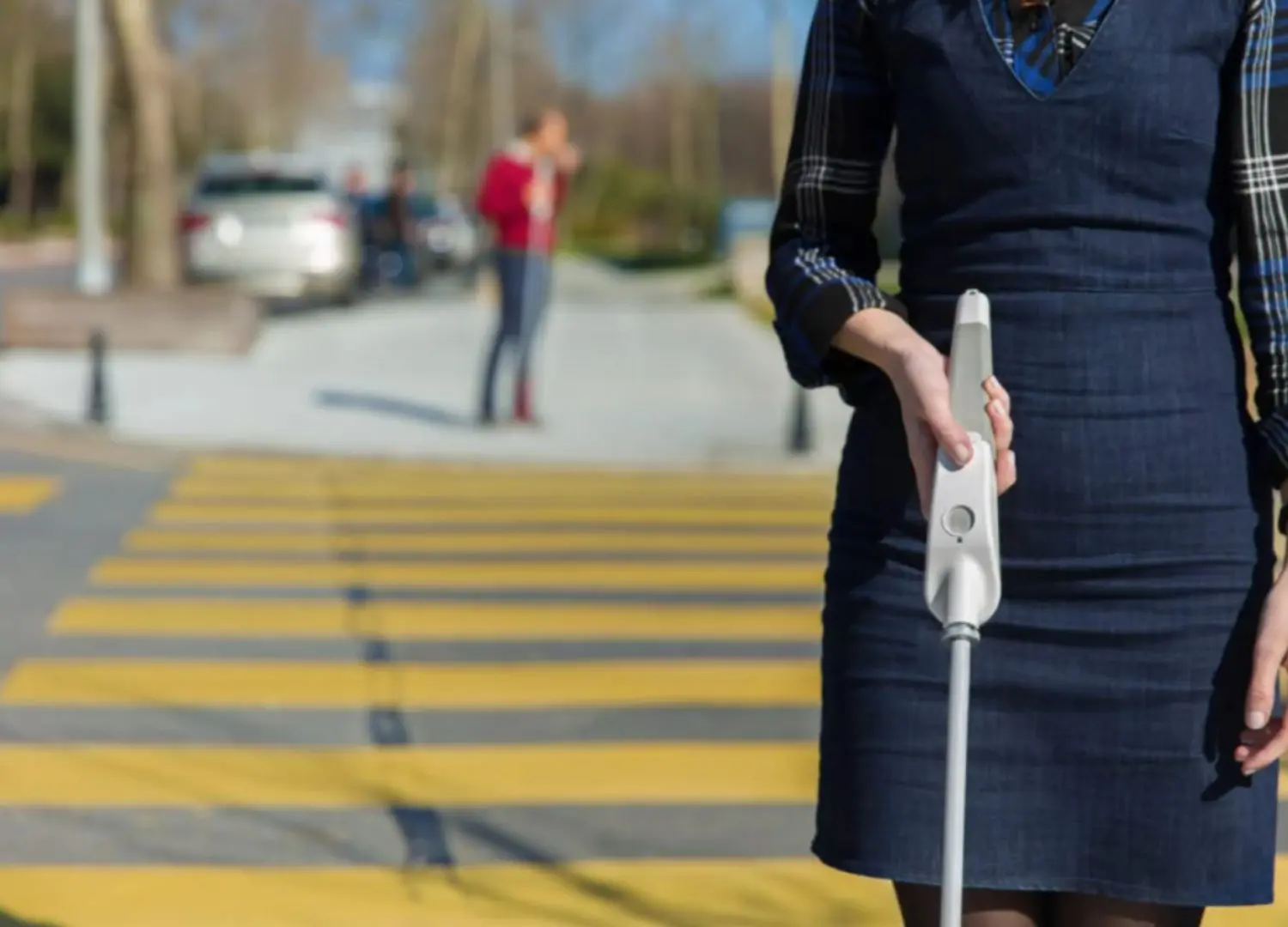
Conveniently, the device can connect to most Android and iOS smartphones, which means it can be used with apps like Google Maps to get personalized turn-by-turn directions.
What’s great, the start-up’s creation also works with ride-sharing apps such as Uber and Lyft.
Thus, this intelligent device can help people with visual impairments get around more quickly, which is especially useful in bigger cities.
3. Stride Senze by NextOfKin
Many people suffer from mobility problems for various reasons.
While there are already many traditional walkers, crutches, and canes on the market to help such individuals, the design team at NextOfKin has created a clever mobility aid called the Stride Senze cane.
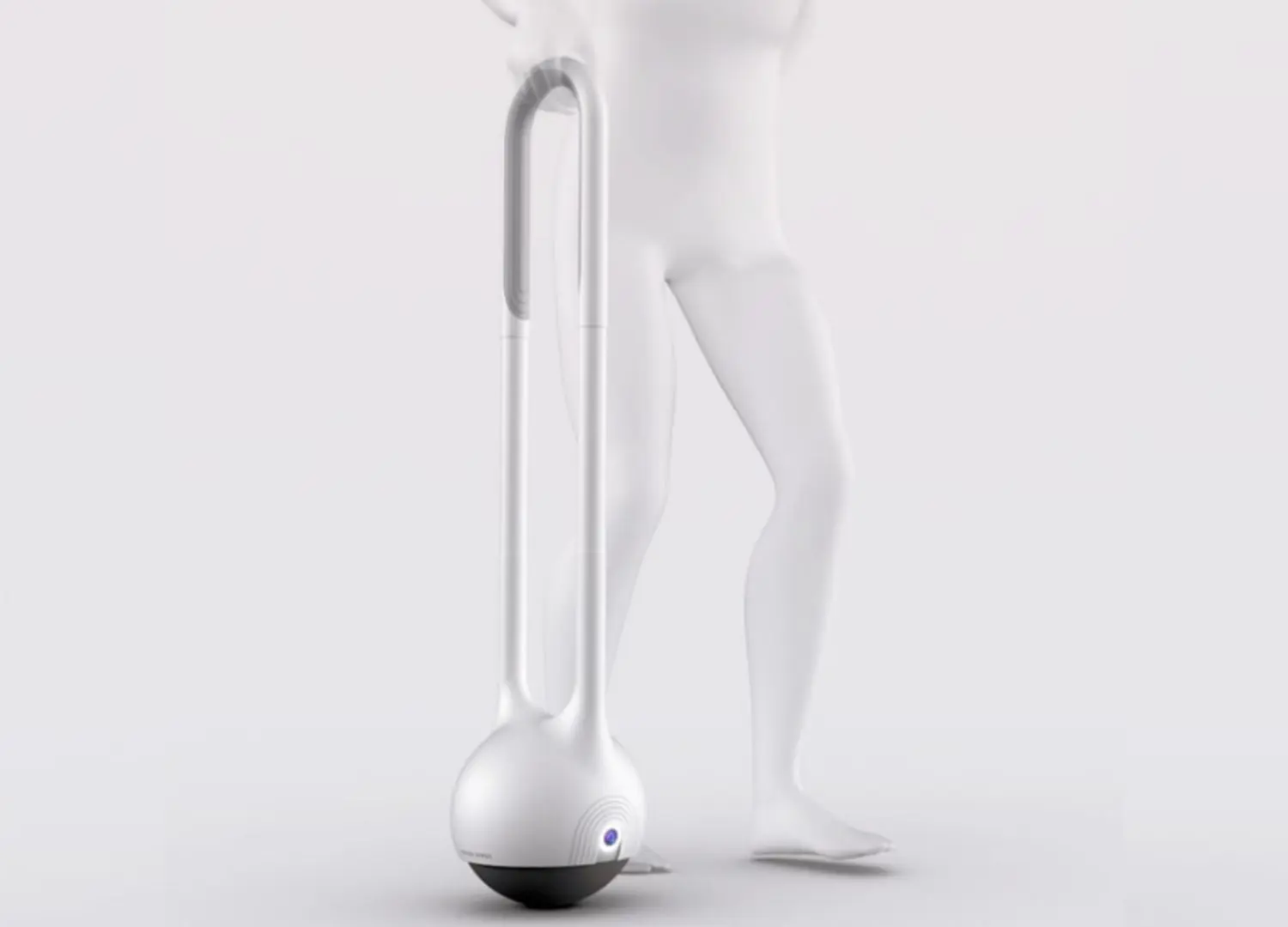
This sensor-equipped smart stick offers much more than just mobility aids.
It is designed as a futuristic walker to change how seniors and people with limited mobility can move.
The device has a self-balancing mechanism that keeps the smart stick upright.
At the same time, the built-in fall detection sensors and a camera keep the users safe by anticipating their movements.
Fewer limitations, more freedom – this walking cane can really be a life-changing one.
4. Vibration device by Ashirase
Another excellent innovation that could help many people is this futuristic gadget by Ashirase.
The navigation system consists of a vibrating device with a three-dimensional motion sensor, which is attached to the shoe and connected to a smartphone app.
To use it, you must set a travel route in the app. The device will then vibrate for navigation.
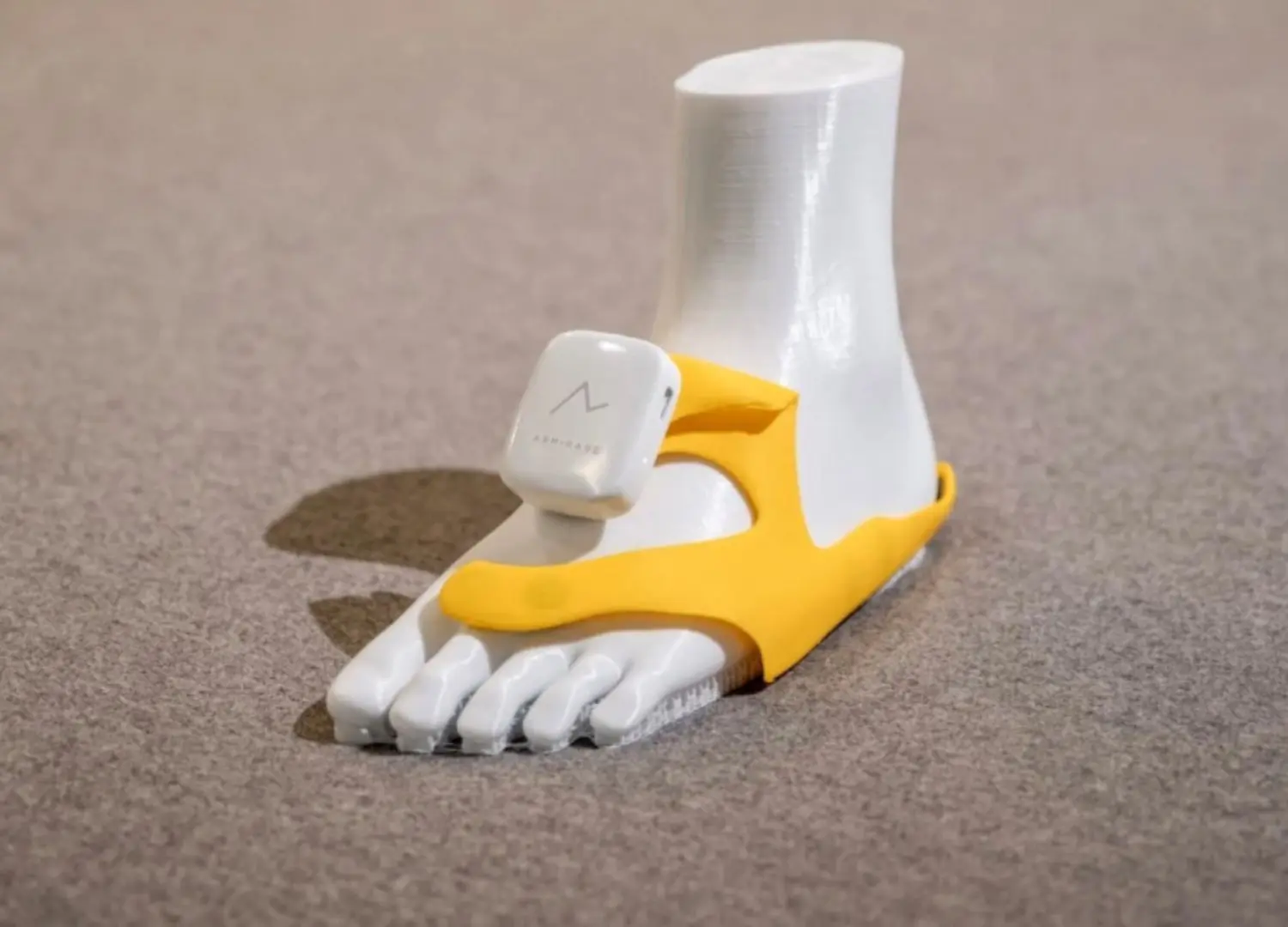
As you move straight ahead, you will feel a vibration in the front of your foot. When a right/left turn point approaches, the vibration will come from the right or left side to notify you.
The Japanese company’s innovation frees a person with a low vision. Since they know their route, they can walk more safely and comfortably.
5. CAN Go by CAN
Many elderly people face the risk of falling.
The CAN Go walking cane is designed to avoid this problem and help improve the quality of life for seniors and people with mobility problems.
What makes the product so great is the fact it is equipped with web and mobile interfaces that combine advanced sensors, communication technology, and data.
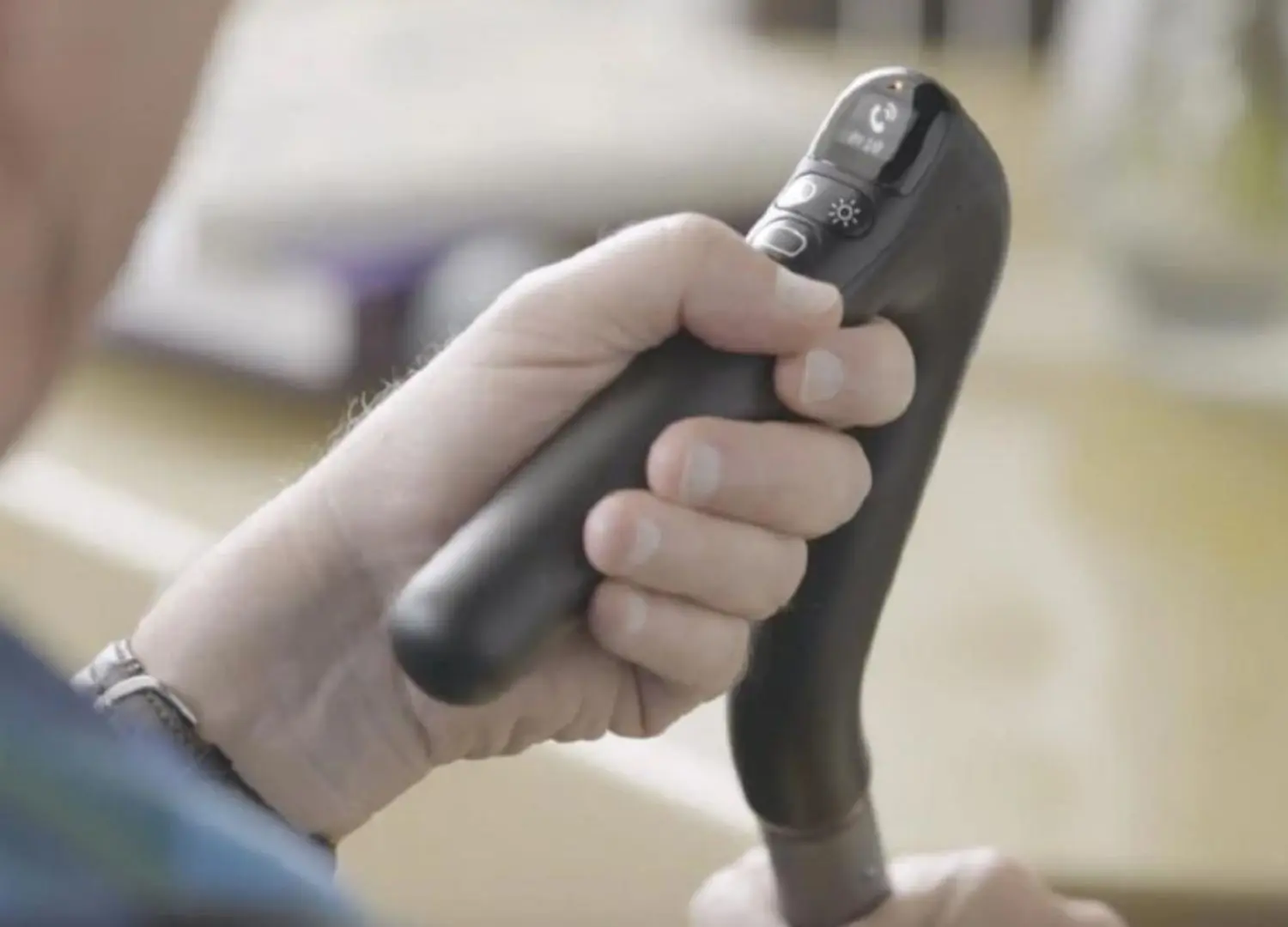
This, consequently, allows individuals with mobility issues to be more independent.
Other useful features are the built-in light for walking in the dark, mobile connectivity in case of emergencies, and hands-free voice calling.
In addition, the cane also has geolocation for rescuers, speed and activity tracking, and a separate charging station.
End notes
In the last decade, walking canes have become increasingly popular, as they can provide additional support and stability for the elderly and people with mobility issues.
But, unfortunately, traditional canes have their disadvantages too. Sometimes performing simple tasks can become nearly impossible since the user must always have two hands to hold it.
With the use of technology, designers now create walking companions that can improve people’s lives in more ways than one.









